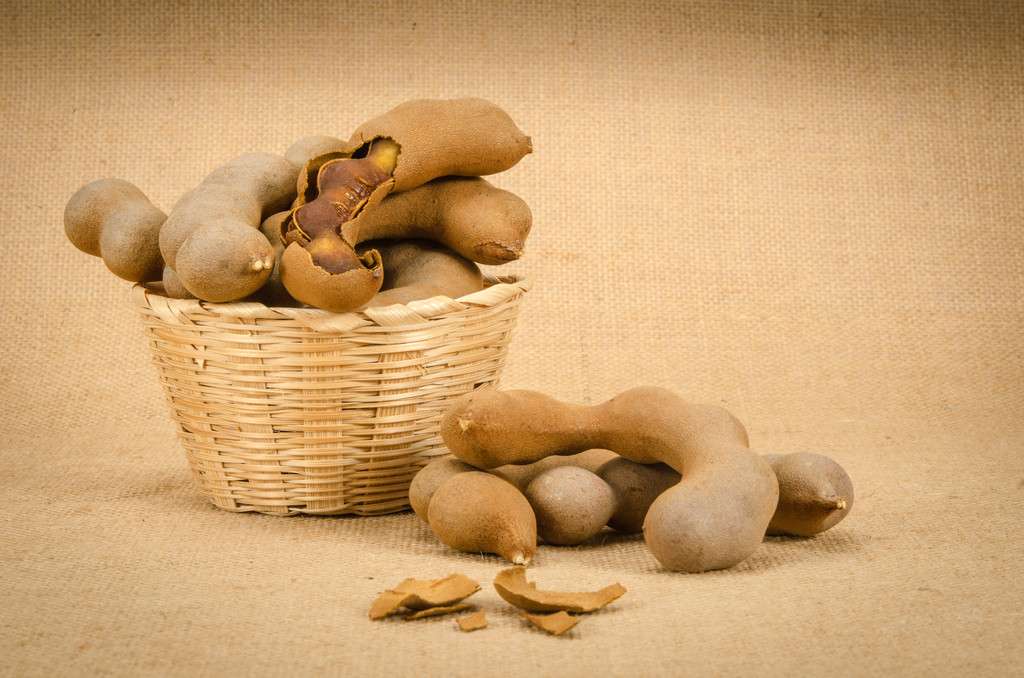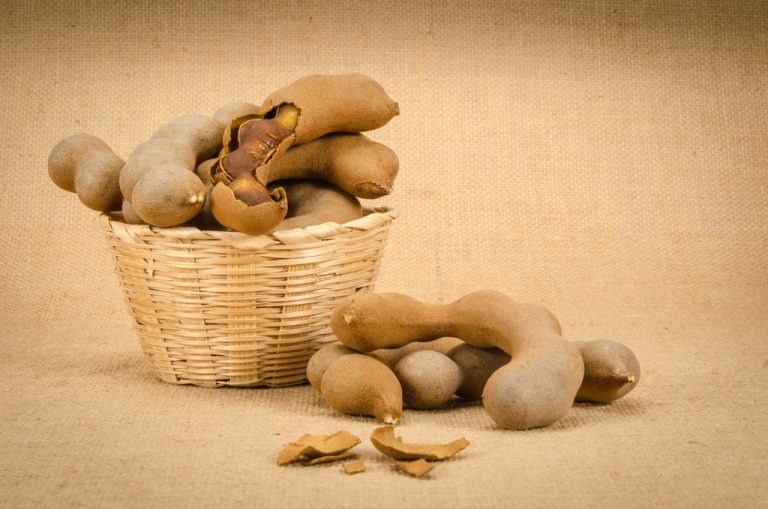Tamarind is also known as sour date or Indian date and is extremely versatile. In our guide you will find many exciting facts about the taste and effects of tamarind.
Tamarinds are the fruits of the tamarind tree, which is believed to have originated in North Africa. Today, tamarind trees can also be found in Asia and South America. They bear red flowers, from which pods (also called pods) form between December and March. The tamarinds are about 5 to 20 centimeters long and have a brownish colour. Inside the ripe pods, next to the seeds, is the fruit pulp, which is also known as tamarind puree.

Tamarind contains many healthy ingredients
Tamarind mainly contains water, fiber and carbohydrates. In addition, 100g of tamarind contain around 11g of iron, i.e. around 75 percent of the recommended daily dose. This makes them particularly attractive for people who eat vegan or vegetarian food and therefore need other sources of iron than meat. In addition, tamarind contains calcium, phosphorus and vitamin D.
Tamarind has also been used as a remedy for thousands of years as it has a slightly laxative effect. But for this effect you have to eat them in larger quantities.
Tamarind: use and storage
Tamarind is mainly used in Asian and African dishes. For example, drinks, chutneys, curries and sauces are seasoned with it. There are two flavors of tamarind:
sweet Sour
very angry
Fresh tamarind is rarely found in this country, but tamarind paste is available in well-stocked supermarkets and Asian shops. We recommend that you use an organic product if possible. Because with spices from organic cultivation, among other things, the use of pesticides is avoided.
Preparation:
It is best to mix tamarind paste with a little warm water so that it dissolves well and you can then use it to flavor dishes or drinks.
Dried tamarind is usually available in blocks. Soak them in hot water for 15 to 20 minutes. For 200g of tamarind you need about 300ml of water. Then push the softened tamarind through a sieve. The resulting paste is now ready for use.
You can store finished tamarind paste in the refrigerator for several months after opening. If you buy dried tamarind, it will also keep for several months as long as you store it away from light and air. The homemade paste made from dried tamarind can be kept refrigerated for two to three days. But you can freeze them in portions, for example in stainless steel ice cube trays
Recipe idea: tamarind dip
You can easily make a dip out of tamarind. You need about 20 minutes for this. The dip goes great with vegetables, fresh bread or grilled food. You need the following ingredients:
1 onion,
2 cloves of garlic,
1 chili pepper,
1 piece of ginger (about 1 cm in size),
1 tbsp vegetable oil,
1 tbsp cane sugar,
2 tablespoons tamarind paste,
1 tbsp lemon juice.
We recommend that you source all ingredients in organic quality and as far as possible from the region. In this way you avoid unnecessary pesticides and superfluous transport routes. How to make the dip:
Peel the onion and the garlic cloves. Dice the onion and finely chop the garlic.
Chop the chilli with a sharp knife. If you don’t like it that spicy, half a chili pepper is of course enough. You can also remove the seeds from the chili before chopping it.
Also grate the ginger.
Then, heat the vegetable oil in a pan. Fry the onion in it for about two minutes, then add the garlic and chili and fry both for half a minute.
Now add ginger, sugar and tamarind paste to the pan.
Bring all the ingredients to the boil while stirring regularly and simmer for about three to five minutes.
Finally, season the dip with a little lemon juice.

